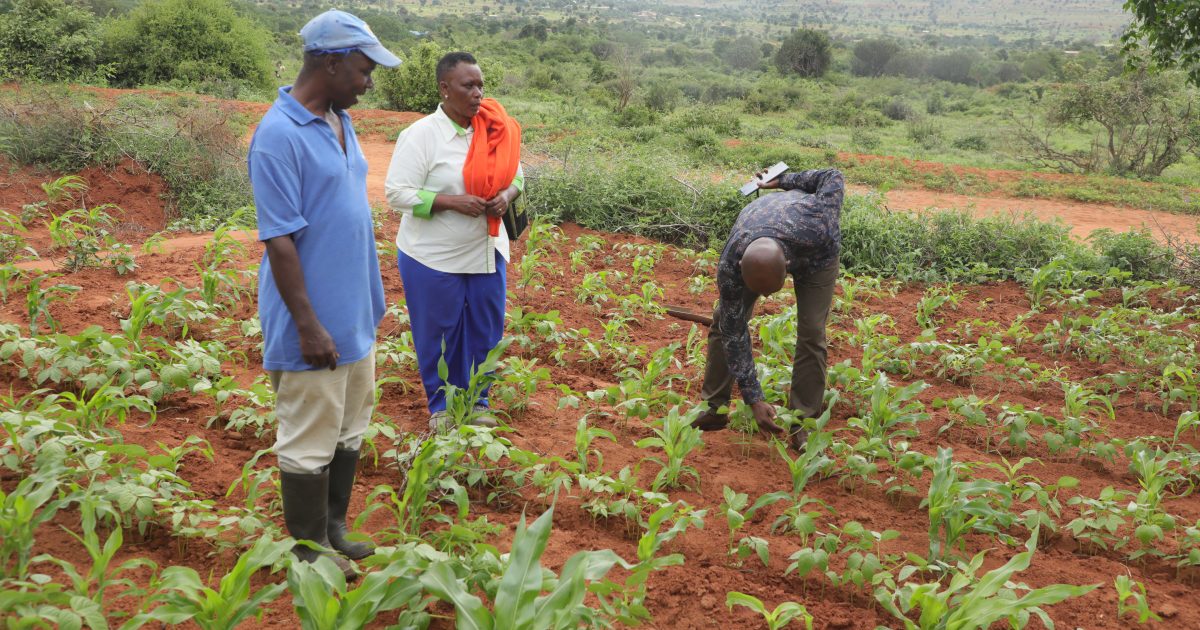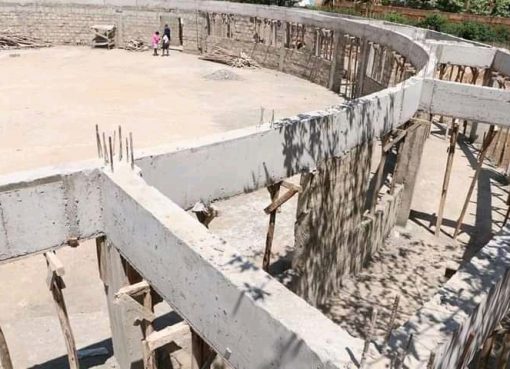A sunny windy June 2017 mid-morning found Stella Kimeu standing at the centermost spot of her two-acre farm at Kamtonga, in Mwatate Sub- County of Taita Taveta County.
Crestfallen, fighting back tears; Stella watched as a whirlwind blew away the last of her drying maize crops. Across the fence, on her neighbor’s farm and a score of other farms in the village; the script was the same: a tail end of a rainy season with not a single grain’s harvest.
For the last three rainy seasons, every planting season ended with heartbreaks as Stella and other farmers from Kamtonga counted their losses from total crop failure.
“I stood there as the wind blew away the only exhibit of another failed rain season. I was giving up on maize farming but did not know what crop to turn to,” said Stella.
On the brink of giving up entirely on crop farming in 2017, Stella and other farmers from Kamtonga became part of a countywide low and dry land piloting project for growing sorghum and green grams, replacing the serial failure of maize farming, and a test run for a crop failure insurance scheme under the Kenya Cereal Enhancement Programme Climate Resilient Agricultural Livelihoods (KCEP-CRAL).
In 2018, the KCEP-CRAL, a project pegged on supporting smallholder farmers to transition into drought-resistant and high-value crop farming to build community resilience through smart agricultural practices amid the ravaging effects of climate change was kicked off in sixteen wards across the county’s dry areas.
At the onset, 8,292 farmers were able to access farm inputs including high-quality seeds through an e-voucher system and over the years have not only enjoyed bountiful harvests but also received compensation for crop failure.
“From the verge of losing hope in farming entirely, I can now count on green grams and sorghum harvest one season a year. And when crops fail due to suppressed rains, I will still receive insurance compensation,” said Stella.
Fast forward to 2023, Stella is one of the 8,753 farmers who have shared among themselves Sh40 million for crop failure compensation for the October-December 2020 short rain season, bringing to a total of over 14,470 farmers who have reaped dividends from the KCEP-CRAL project since 2018.
Speaking during a tour of the county, with officials from the International Fund for Agricultural Development (IFAD), to assess the impact of the project as well as set in motion a new two-year extension for the project, Stanley Kiaura, KCEP-CRAL Taita Taveta County Desk Officer said farmers are now embracing best farming practices and are no longer at the mercy of erratic weather patterns.
Kiaura further said that the thousands of farmers who are equipped with up-to-date information and technical support from Kenya Agriculture and Livestock Research Organization (KALRO) and Food and Agriculture Organization (FAO), partners of the project, are on a sustainable and poverty-reduction trajectory for the foreseeable future.
“Thousands of small-scale farmers from dry marginalized areas around the county are now armed with resilient and adaptability skills to keep them away from poverty through locally-bred solutions in the long term,” said Kiaura.
By Arnold Linga Masila





